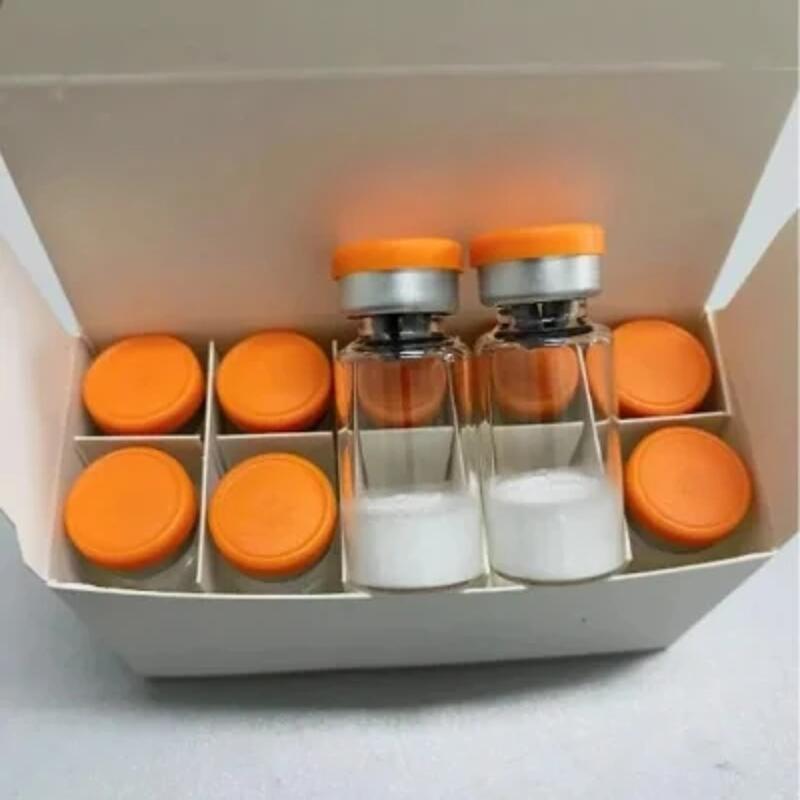-
Categories
-
Pharmaceutical Intermediates
-
Active Pharmaceutical Ingredients
-
Food Additives
- Industrial Coatings
- Agrochemicals
- Dyes and Pigments
- Surfactant
- Flavors and Fragrances
- Chemical Reagents
- Catalyst and Auxiliary
- Natural Products
- Inorganic Chemistry
-
Organic Chemistry
-
Biochemical Engineering
- Analytical Chemistry
-
Cosmetic Ingredient
- Water Treatment Chemical
-
Pharmaceutical Intermediates
Promotion
ECHEMI Mall
Wholesale
Weekly Price
Exhibition
News
-
Trade Service
(9-phenyl-9H-carbazol-2-yl)boronic acid, also known as CB20, is a boronic acid derivative that has gained significant attention in recent years due to its potential use in various industrial applications.
As with any chemical compound, safety is an important consideration when handling and using (9-phenyl-9H-carbazol-2-yl)boronic acid.
This article will discuss the safety considerations for (9-phenyl-9H-carbazol-2-yl)boronic acid in the chemical industry.
- Toxicity:
(9-phenyl-9H-carbazol-2-yl)boronic acid is considered to be slightly toxic when ingested, inhaled or when it comes in contact with the skin.
However, the toxicity of this compound is considered to be low, and it is not considered to be a major health hazard.
Proper handling and use of this compound can minimize the risk of exposure and prevent adverse effects.
- Flammability:
(9-phenyl-9H-carbazol-2-yl)boronic acid is classified as flammable and can ignite when exposed to heat, sparks or other sources of ignition.
It is important to handle this compound in well-ventilated areas and to store it in a cool, dry place, away from any sources of heat or ignition.
- Reactivity:
(9-phenyl-9H-carbazol-2-yl)boronic acid is not highly reactive, but it can react with certain chemicals, such as acids, bases, and reducing agents.
It is important to store this compound away from any chemicals that it may react with, and to handle it with caution to prevent accidents.
- Storage:
(9-phenyl-9H-carbazol-2-yl)boronic acid should be stored in a cool, dry place, away from any sources of heat or ignition.
It should be stored in a well-ventilated area, as this compound can generate toxic fumes when heated or exposed to air.
- Disposal:
(9-phenyl-9H-carbazol-2-yl)boronic acid should be disposed of in accordance with local regulations and guidelines.
It should be handled with care to prevent any release into the environment, and any spills or leaks should be cleaned up immediately.
In conclusion, (9-phenyl-9H-carbazol-2-yl)boronic acid is a chemical compound that has potential industrial applications, but it is also considered to be slightly toxic, flammable, and reactive.
It is important to handle this compound with caution and to follow proper safety procedures to minimize the risk of exposure and prevent adverse effects.
Proper storage and disposal of (9-phenyl-9H-carbazol-2-yl)boronic acid are also important to prevent any environmental impact.




![9-[1,1'-biphenyl]-4-yl-3,3'-Bi-9H-carbazole](https://file.echemi.com/fileManage/upload/category/ac71ac0d-8ef6-11ec-89e5-fa163ed06441.png)


